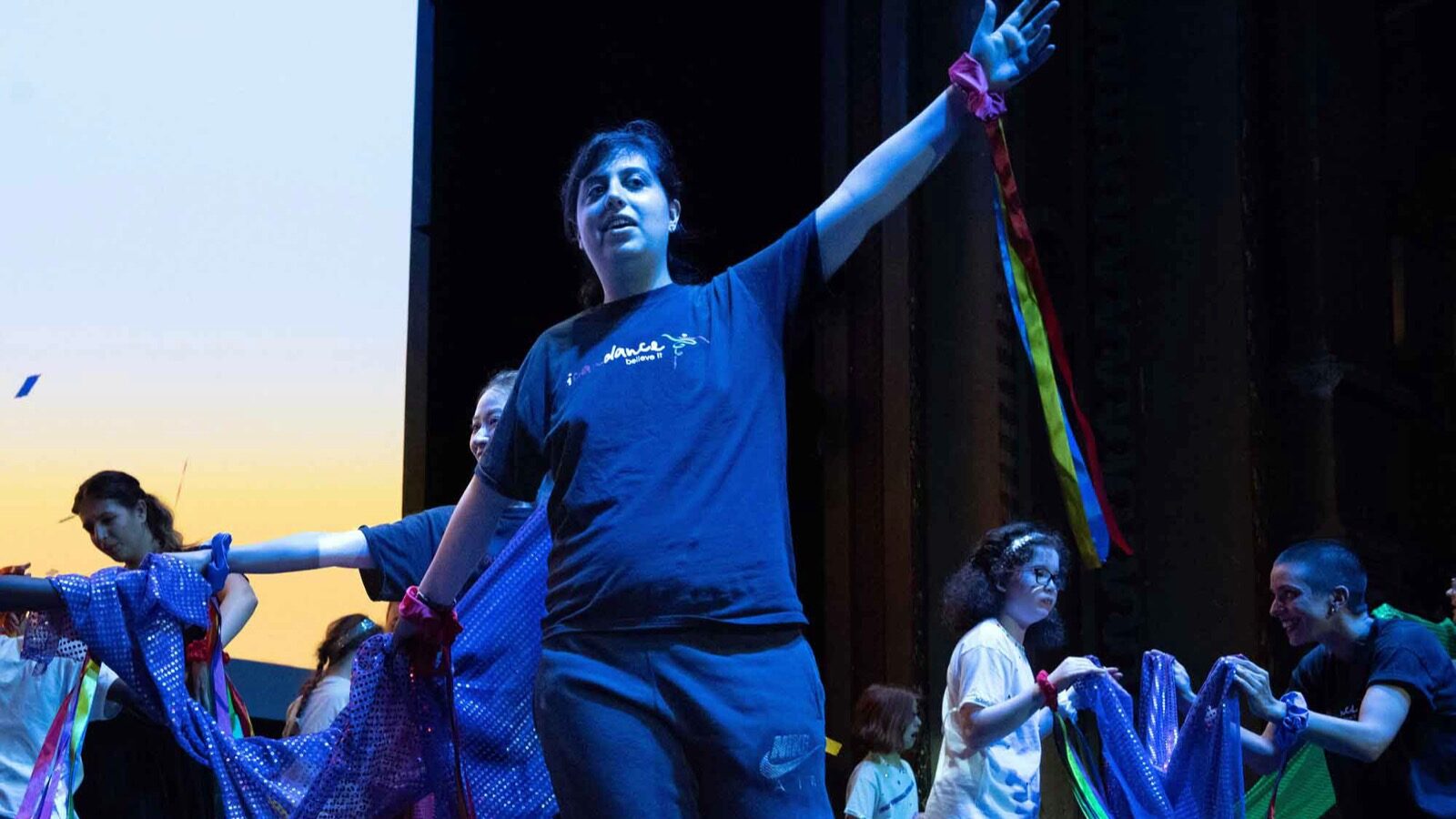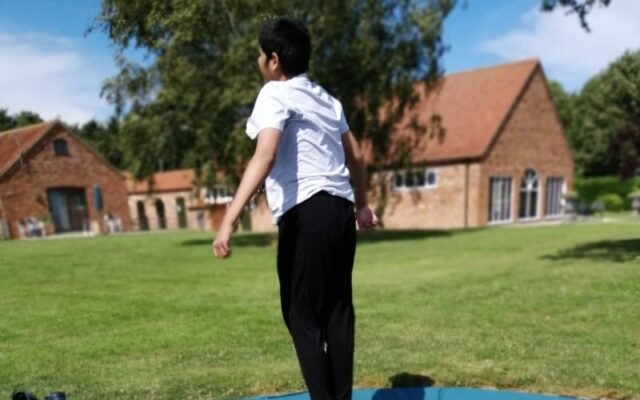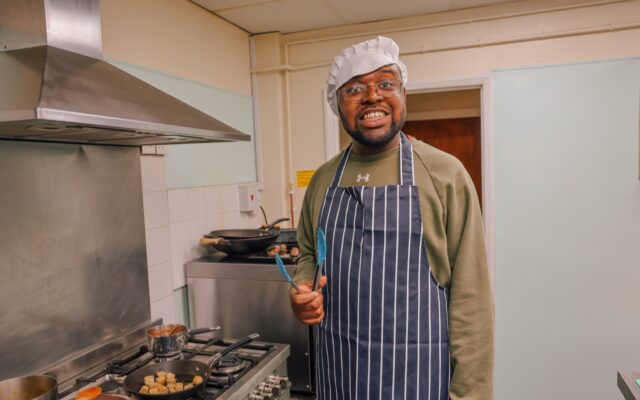Fewer than one in 20 adults with learning disabilities in England are in paid work, according to NHS figures. This, as Mencap says, is “impacting on their ability to be visible in society and reducing possibilities of independence”.
Our vision at icandance, a charity I founded in north London in 2006, has always been to empower disabled children and young people through dance and performance. Each week, our team of 40 part-time staff and volunteers supports around 300 individuals aged 4-25 years to dance.
Through funds from John Lyons Charity, icandance employs two learning disabled co-facilitators. They work part time at various community venues one to two days per week alongside an icandance staff member trained in dance movement psychotherapy, a skill that ensures we consider how a dancer feels before we think about what they do.
We recently began offering work experience and employment to the learning disabled young adults who are part of our dance community.
We provide our alumni and young people aged 19 and above with volunteering and paid opportunities above the national living wage through our three-year-old community leadership programme.
We have 13 young ambassadors who contribute on a voluntary basis, two paid co-facilitators and two alumni volunteers. We also offer work experience in the office once a month to four young adults.
As a trustee of the Imperial Society of Teachers of Dancing, I also hope to encourage my peers in the dance sector to become more inclusive employers. I want to share what we have learned so we can support others to take similar steps in their workplace.
We have learnt four key lessons so far.
Inclusive employment develops
In the two years before we got funding, we began by offering unpaid opportunities to up to 10 individuals, some of whom are now paid. Work has included co-leading workshops, speaking at local and online events as well as office-based work experience.
Perspectives must shift
Preparing learning disabled young adults for work roles has required a shift from catering for their needs, such as support to engage in dance, to working with their needs, such as supporting them to co-lead a dance session.
Planning for each individual involves finding opportunities to enable them to develop skills according to their role, whether as a co-facilitator or support worker or chairing our youth forum (this meets twice a year to share ideas on what the charity should be doing).
It took time to develop our inclusive methods and learn how to enable young adults to have a better experience of work. Adjustments include accessible training materials, amending working hours and allowing enough time in sessions for people to share ideas.
Circles of support are vital
Disabled team members need support to travel, so employment opportunities can depend on care agencies or family members.
Requirements such as arriving at work on time or completing an application are supported by those involved with a person’s care. Relationship building and ongoing collaboration are needed to create a circle of support.
Community settings in which we work are required to prepare and make adjustments according to the needs of all team members. For example, to lessen unnecessary anxiety, our co-facilitators arrive after the facilitator and are given the name in advance of the person who will greet them at the venue.
Include and adapt
Training materials, schedules for the day and note-taking have to be adapted. Inclusive practice means not excluding a disabled employee from doing what needs to be done but making adjustments.
At a recent team training day, we provided accessible training that included Makaton and ensured there were social aspects.
Providing inclusive employment opportunities offers greater visibility to learning disabled young people in our organisation.
More than this, it supports people to be more visible among our partners, such as the schools we work with across London, the charity Creative Youth UK and, ultimately, the wider community.
This article is based on an Imperial Society of Teachers of Dancing blog post





